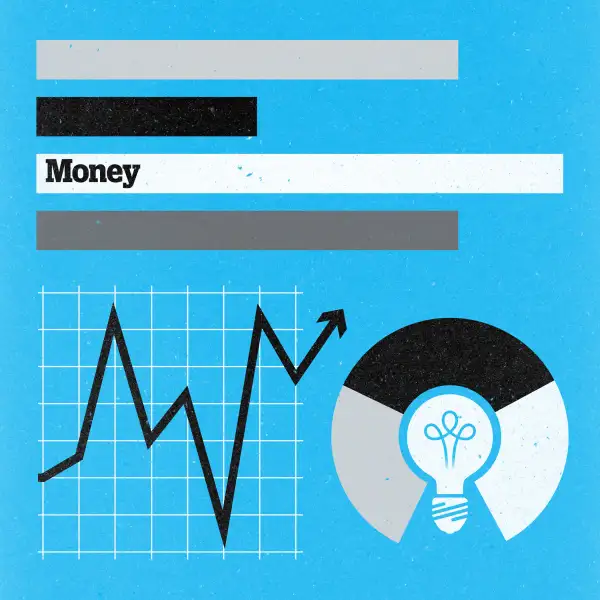Why Young Investors Should Ignore the Market Jitters and Get in the Game
Money is not a client of any investment adviser featured on this page. The information provided on this page is for educational purposes only and is not intended as investment advice. Money does not offer advisory services.

Q: I'm 27 and have a few thousand dollars to invest in ETFs and mutual funds through a Roth IRA. But I worry that volatility and a potential Fed rate hike may cause me to take a hit right off the bat. — Nick, Durham, NC
A: No investor relishes the idea of losing money, especially right out of the gate. But waiting for the all-clear sign before you finally invest is ultimately more risky than any amount of volatility.
In fact, for an investor your age, the secret to success is pretty simple: Just do it.
Contribute to one or two low-cost mutual funds or exchange-traded funds that invest in a broad index, such as the Standard & Poor’s 500.
In time, you can adapt a more nuanced allocation, but keep it simple for now. Consistently add new funds to your account and pay no mind to short-term market volatility.
“The money you’re putting away today is going to be used 35 years from now,” says Kim Forrest, a senior equity analyst at Fort Pitt Capital Group in Pittsburgh, Penn. “A bigger risk is not investing and seeing the value of that dollar decline over time.”
Now, there are funds designed to hold their value during times of turbulence, though many of have yet to be tested in a sustained down market. These funds, which include absolute-return funds, take different approaches to deliver a smooth ride over time.
Read Next: 6 Strategic Money Moves Every 20-Something Should Make
The tradeoff: They typically charge higher fees and deliver lower relative returns when the markets are on the upswing. These funds may have a place in your portfolio years down the road, when you’re more concerned with preserving wealth than accumulating it. For now, stick with more straight forward offerings.
In fact, as a young investor you shouldn’t necessarily back down from volatility. “It opens doors to buy stocks at a discount,” says Forrest. “You should embrace it.”
Think that’s easier said than done? Consider dollar-cost averaging by making smaller, regular contributions to your account over the next several months.
Caveats: You may need to meet the minimum contribution for a mutual fund. If you’re buying an ETF, make sure you don’t get hit with transaction fees if you go this route.
Ideally, you’ll continue making regular contributions to your Roth IRA even after you’ve added this earmarked amount. You may take a hit on some days and get lucky on others, but rest assured that over time, the value of your investments will march higher.
Read Next: Here's the Easiest Way for Millennials to Become Millionaires